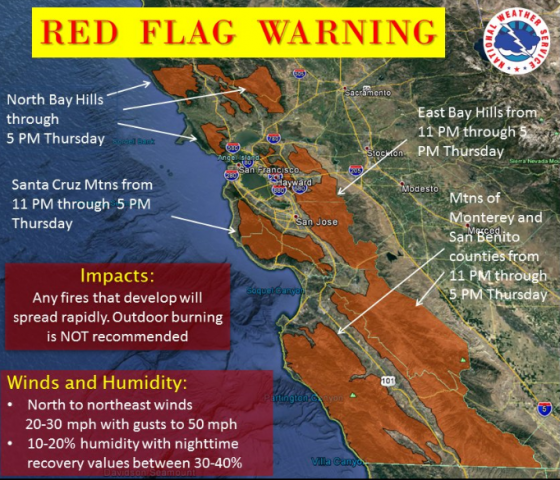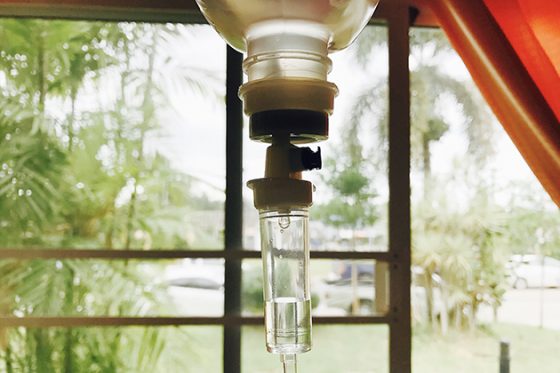October has been mired by mass shootings in the United States. Incidents in which four or more people were shot—the criteria for a mass shooting—have occurred 15 times in the last 18 days. The Oct. 18 occurrence at a business park in Maryland, involving an employee who killed three co-workers on-site and injured two more, has increased the interest in workplace violence and active shooter preparedness plans. As previously reported, only 21% of U.S businesses surveyed felt they were prepared to manage an active shooter situation. And while preventative plans are priorities – and rightfully so – businesses should also consider how to appropriately handle their aftermath.
According to a recent white paper published by Everbridge, Active Shooter Incident Consequence Management and the Roadmap to Recovery, how a company manages the hours, days and weeks following such a crisis is vital for its operations and employees’ well-being. The study offers a four-phase approach for businesses to use following a violent incident:
Immediate Response/Pre-Recovery, which occurs in the minutes and hours following a crisis and when life safety and survival are the top priorities. Accountability, family reunification and media management are additional critical tasks once authorities have secured the workplace and crime scene.
Early Recovery, the most intensive phase, comprises the “hours-to-days along the incident timeline” that sees company managers liaising with hospitals, offering mental health support through the Employee Assistance Program (EAP), addressing human resources concerns and invoking the business continuity plan, among other important actions.
Mid-Recovery can be in the week-to-months following an active shooting incident, and is often when some sense of normalcy returns to the workplace and business operations. During this time, there may be some criminal or civil litigation underway and it is the “reasonable time frame” to create an After-Action Report (AAR) to reassess the incident and develop a corrective plan or update the current one. It is also the time to begin planning the one-year anniversary with a high level of employee involvement, which “is an important milestone in individual and organizational recovery, but can also be complicated and emotional.”
Long-Term Recovery is marked by the one-year anniversary and beyond, although “the physical and emotional impact of an active shooter incident can linger for decades, and sometimes an entire lifetime.” According to the report, mass shootings represent the greatest risk for acute traumatic stress disorders among the affected, compared against other types of critical incidents, like natural disasters.
In the report, author Steve Crimando says: “Crisis events are moments of truth: employees, the community, key stakeholders and the media will remember how you handled the incident for a very long time. It is important to prepare for the complex post-shooting environment well before the first shot is fired.”
Between 2014 and 2015, the U.S. experienced nearly six times as many active shooter incidents as it did between 2000 and 2001, according to the FBI.
For tips on developing an active shooter plan, visit Risk Management magazine.

 The Balloon Federation of America (BFA) has instituted new safety accreditation for companies and pilots.
The Balloon Federation of America (BFA) has instituted new safety accreditation for companies and pilots.
 The destruction caused by Hurricane Maria in Puerto Rico last month has created major disruptions for the island’s pharmaceutical product and medical device manufacturing facilities. Days of interruption and damage to manufacturing plants are affecting international supply chains for products such as cancer and HIV treatments, immunosuppressants for patients with organ transplants, and small-volume bags of saline, which are necessary for patients who need intravenous solutions.
The destruction caused by Hurricane Maria in Puerto Rico last month has created major disruptions for the island’s pharmaceutical product and medical device manufacturing facilities. Days of interruption and damage to manufacturing plants are affecting international supply chains for products such as cancer and HIV treatments, immunosuppressants for patients with organ transplants, and small-volume bags of saline, which are necessary for patients who need intravenous solutions.